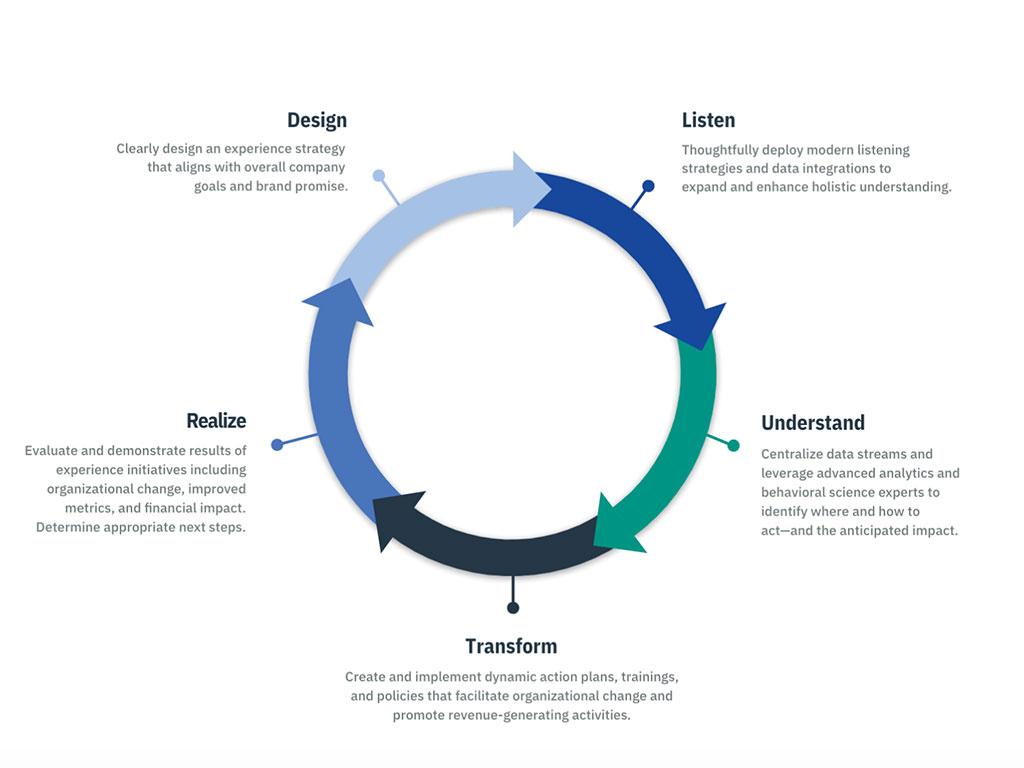
Just discovered Pearl-Plaza? Curious to know a little more about us and our differentiated Experience Improvement (XI)? Well allow us to introduce ourselves!
Own the Moments That Matter
At Pearl-Plaza, we have this saying: “Own the Moments That Matter.” This is fundamental to our mission, because those moments—packed full of emotions, judgements, learnings, and more—shape the world we live in. And with every moment, there is an opportunity to make a positive impact; to leave a mark.
But when it comes to your business, there are simply some moments that matter more, to your customer, employees, and beyond.
Our goal is to empower you with the data, technology, and human expertise necessary to identify the moments that matter, understand what’s working (and what might need improvement), take informed action to solve business problems, and ultimately provide a truly differentiated experience for your business.
Our CEO Andrew Joiner said it best: “Whether it’s customer acquisition, growth, or retention that’s needed, Pearl-Plaza brings a rigor, discipline, and science that makes our results trusted by the boards and executive teams of the world’s best brands.”
What Is Experience Improvement (XI)?
Despite increased investment, experience management programs have plateaued. Why?
Because experiences don’t need to be managed or measured, they need to be improved.
The truth is that monitoring services and D.I.Y. approaches aren’t enough for today’s businesses; they cause program stagnation and make meaningful return on investment (ROI) impossible. Instead, what’s required for success is a new approach: an Experience Improvement (XI) initiative that solves the biggest business challenges, like retention, growth, and cost savings.
The Moments That Matter
Improving experiences begins with sifting out the noise from experience data and identifying the moments that matter: where customer, employee, and business needs meet. This allows businesses to prioritize their focus on high-emotion, high-impact areas and connect with their most valued customers. Additionally, businesses can empower their employees to recognize and take action in these moments, ultimately culminating in organization-wide transformation from the boardroom to the break room.
Data, Technology, and Human Expertise
Experience Improvement is made possible through our industry-leading Experience Intelligence XI technology and our in-house Experience Improvement (XI) services teams. With our ability to collect and gather data from anywhere and in any form, industry-leading technology, and decades of experience in key industries, Pearl-Plaza can help you craft an experience initiative that truly meets the unique needs of your business. We are dedicated to being more than just a vendor to our clients—instead we take the role of a dedicated partner committed to a businesses’ short- and long-term success.
The Intersection of Value
Our mission is to help our clients improve experiences at the intersection of value—where customer, employee, and business needs come together. Ultimately, our clients are able to move the needle and go beyond managing their experience to actually improving it. With the right intelligence, businesses can empower the right people to take transformative, informed action in the most effective ways and drive value across four key areas: acquisition, retention, cross-sell & upsell, and cost reduction. In other words, better results for the business and better experiences for their customers and employees.
The Continuous Improvement Framework
The key to taking an experience program beyond metrics is to move beyond monitoring customer feedback and stories and focus on the formation of actionable plans for changes informed by them. Customer narratives contain meaning that companies can use to diagnose both superficial and deep-seated problems, define remedies to those problems, positively impact the bottom line, and create more meaningful experiences. We help our clients achieve all of this by sticking to a simple, five-step framework that we call the Continuous Improvement Framework: define, listen, understand, transform, realize. (You can read all about it here!)
Does this Experience Improvement (XI) mission align with your vision? We’d love to hear from you—reach out to our team for a chat here!











